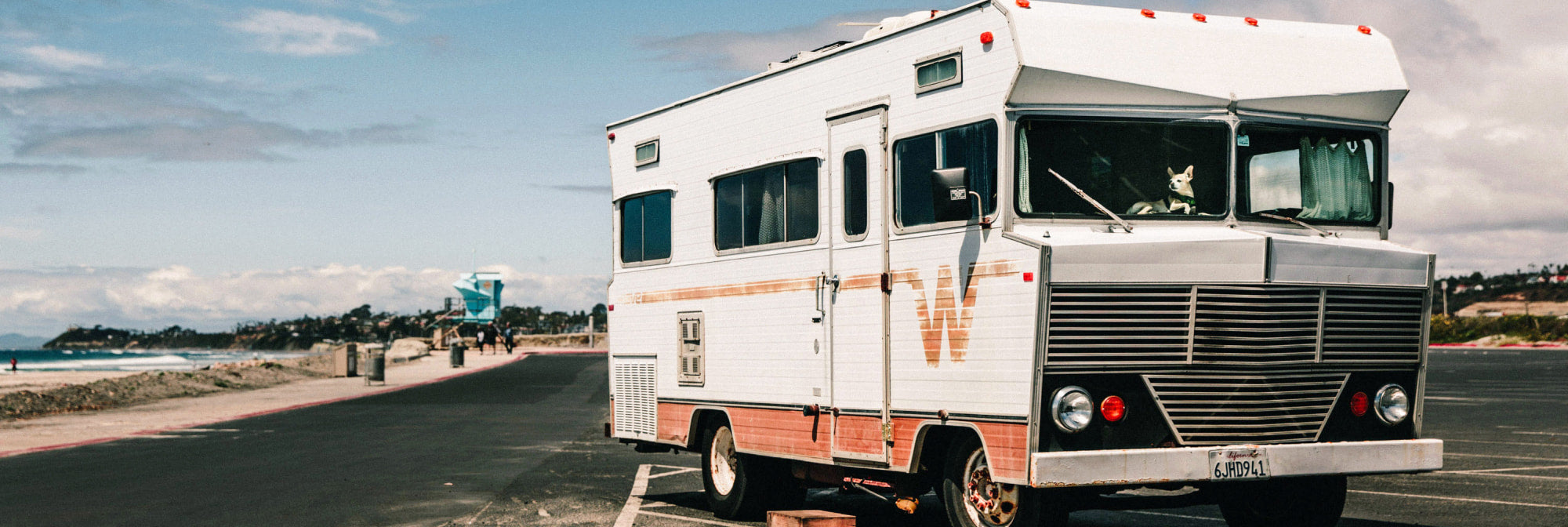Ever been on a road trip so good you created a culturally significant (and stunning) book from it? We chatted with podcaster, journalist and co-author Matt Barr about escapism, the creative process and a hot tip from Brian Eno.
“...there was something about the rhythm of walking that really helped me think through problems and let my mind wander in a way that seems to be important when it comes to thinking of ideas”
Words by Matt Barr. Photos by Owen Tozer.



What does meaningful escapism mean to you?
Something which stimulates mind and body. My favourite types of activity have a meditative quality to them, whether that is walking the dog, going on a long old swim or surfing.
Then again, my idea of a good time is having an evening to sit down with a good book, so I guess that also counts. So I guess for me meaningful escapism is where you find it.
What inspired you guys to create Looking Sideways Vol. 1?
First and foremost it was because we could. When we got back from our three week trip around Southern California (we travelled from Ventura to San Diego interviewing different guests for my podcast Looking Sideways) we realised we had amassed a lot of material which would probably work well for a book.
For myself and Owen it was an excuse to work together and do some more creative plotting, which is one of the things we really enjoy while working on the podcast.
Personally, I also wanted to give Owen’s incredible photos (which are really the heart of the book) a proper platform. I’m very lucky Owen chooses to work with me on Looking Sideways, so it’s been great helping to get his brilliant work out into the world.



When is it that you feel most creative, how does nature play a role in that?
As I’ve gotten older I’ve realised that routine really helps me be creative. I have lots of weird little rituals when working, especially on creative projects.
For example, I usually need a kind of blank slate to do any type of proper work, so I usually find myself tidying up before I start. Weird eh? I think that’s what Brian Eno was getting at when he said "If in doubt, tidy the studio”.
I also realised at quite a young age that I work best early in the morning. So if I have a deadline or a big project on the go, I get up really early and start working as soon as possible. Like, up at 5 and working by 5.30 early. I also really like working on the weekend when I can; there are just less distractions and I can get more done.
When I have to concentrate particularly hard, I’ve found slightly abrasive music works. Try Fratres by Arvo Part, Sister Ray by the Velvet Underground or In the White Silence by John Luther Adams on headphones. Works for me!
I realised when I was young that there was something about the rhythm of walking that really helped me think through problems and let my mind wander in a way that seems to be important when it comes to thinking of ideas. I’ve got a dog now who needs walking three times a day so that’s when I get a lot of creative thinking done.
Nature generally is important for my wellbeing and peace of mind. One of my favourite quotes in the book comes from Rip Zinger - “A board is a device to connect humans to nature”.


What perception are you trying to change with this work?
I wanted the book to be a bit of a funding experiment for the podcast. In the podcast world, if you want to get paid, you generally have to ask listeners to subscribe, or take god awful ads that everybody just fast-forwards.
Although everybody seems to accept this weird state of affairs I’ve always found it a really odd way of approaching it. That’s one of the reasons my podcast is free and ad-free. All that said, putting the podcast together is a lot of work, so for me the book was a way of trying to get paid in return for something that offers my listeners something tangible and creative, and that also adds to the culture.


What have you gained from writing Vol.1 that you'll take with you into Vol.2?
We learned a lot from making this book, mainly because we approached this one in quite a roundabout way rather than starting with a fixed idea and working from there.
That approach has pros and cons; on the plus side, it meant we could develop the book and format in our own time without worrying about it too much. On the other hand, it made the process much longer than it probably should have done. But now we have a format that works really well, we'll be able to start from there.
For volume 2 we are planning on travelling from SF to LA. I’d also like to uncover a few less obvious stories, and tell a more up to date story of California action sports. Our take in vol 1 is very much a canonical version of California action sports history, so it will be good to look at it in a slightly different way for volume 2.

Top 3 albums of all time?
Funnily enough I was just a guest on a really interesting podcast called Mixtapes with Mike where I - yep - made a ten song mixtape, which is here:
Anyway afterwards I realised I left loads of stuff off that, so while it changes every week, this time I am going to say:


Share:
The Escape Vol. 32
The Escape Vol. 33